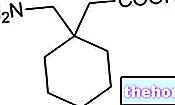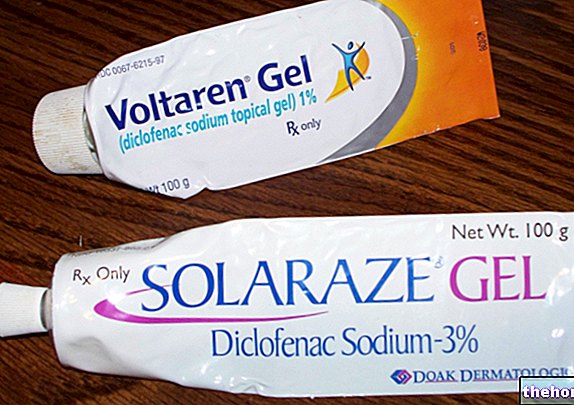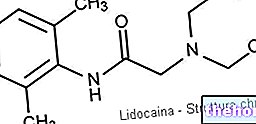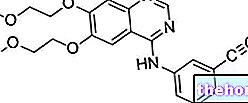
What is Ibandronic Acid Teva?
Ibandronic Acid Teva is a medicine that contains the active substance ibandronic acid. It is available as white capsule-shaped tablets (50 and 150 mg).
Ibandronic Acid Teva is a 'generic medicine'. This means that Ibandronic Acid Teva is similar to a 'reference medicine' already authorized in the European Union (EU). The reference medicines for Ibandronic Acid Teva are Bondronat and Bonviva.
What is Ibandronic Acid Teva used for?
Ibandronic Acid Teva 50 mg is used to prevent 'skeletal events' (bone fractures or complications that require treatment) in patients with breast cancer and bone metastases (spread of cancer to bone).
Ibandronic Acid Teva 150 mg is used to treat osteoporosis (a disease that makes bones fragile) in postmenopausal women who are at risk of bone fractures. demonstrated by some studies, its efficacy with regard to the risk of fractures of the femoral neck (upper part of the femur) remains to be established.
The medicine can only be obtained with a prescription.
How is Ibandronic Acid Teva used?
For the prevention of skeletal events, one 50 mg tablet should be taken once a day. The tablets should always be taken after an overnight fast of at least six hours and at least 30 minutes prior to the first intake of food or drink of the day.
For the treatment of osteoporosis, one 150 mg tablet should be taken orally (by mouth). The tablet should always be taken after an overnight fast, one hour before taking any type of food or drink, except water. Patients should also take vitamin D and calcium supplements if the diet does not ensure sufficient intake of these substances.
Ibandronic Acid Teva should be taken with a full glass of plain water (but not mineral water) in a standing or sitting position and the tablets should not be chewed, sucked or crushed. The patient should not lie down for the hour after taking the tablets.
How does Ibandronic Acid Teva work?
The active substance in Ibandronic Acid Teva, ibandronic acid, is a bisphosphonate. It blocks the action of osteoclasts, the body's cells responsible for breaking down bone tissue, thereby reducing bone loss. The reduction in bone loss. contributes to making bones less prone to breakage, with an advantage in terms of fracture prevention in cancer patients with bone metastases and women with osteoporosis.
How has Ibandronic Acid Teva been studied?
As Ibandronic Acid Teva is a generic medicine, the patient studies have been limited to tests to show that the medicine is bioequivalent to the reference medicines. Medicines are bioequivalent when they produce the same levels of the active substance in the body.
What are the benefits and risks associated with Ibandronic Acid Teva?
Because Ibandronic Acid Teva is a generic medicine and is bioequivalent to the reference medicines, its benefits and risks are considered to be similar to those of the reference medicines.
Why has Ibandronic Acid Teva been approved?
The CHMP (Committee for Medicinal Products for Human Use) concluded that, in accordance with EU requirements, Ibandronic Acid Teva has been shown to have comparable quality and to be bioequivalent to Bondronat and Bonviva. Therefore, the CHMP considered that, as in In the case of Bondronat and Bonviva, the benefits outweighed the risks identified. The Committee recommended that Ibandronic Acid Teva be given a Marketing Authorization.
More information about Ibandronic Acid Teva
On 17 September 2010, the European Commission released Teva Pharma B.V. a "Marketing Authorization" for Ibandronic Acid Teva, valid throughout the European Union. The "Marketing Authorization" is valid for five years, after which it can be renewed.
For the full version of the EPAR of Ibandronic Acid Teva, consult the website of the Agency. For more information about Ibandronic Acid Teva therapy, read the package leaflet (included with the EPAR) or contact your doctor or pharmacist.
The full EPAR version of the reference medicine can also be found on the Agency's website.
Last update of this summary: 07-2010.
The information on Ibandronic Acid Teva published on this page may be out of date or incomplete. For a correct use of this information, see the Disclaimer and useful information page.




























